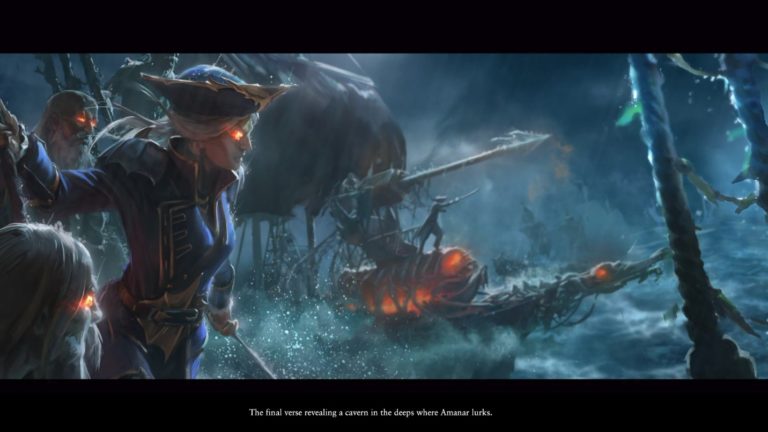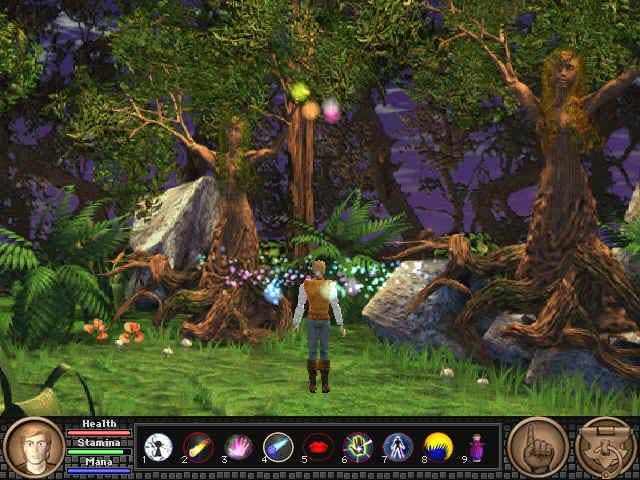
For example, when playing a sorcerer, you have quests to unlock your spells, which require an assortment of odd items, including "flying water" (which is a reference to Quest for Glory I). The mentor guides you through the early part of the game, and gives you a few quests unique to your class. The town of Volksville contains most of the quest-givers and shopkeepers in the game, and also the mentor for your class. There are three ways to switch cursors - you can right click to cycle through them, you can move the cursor to the top of the screen and choose the icon for the one you want, or you can use a hotkey - but still, it's not a very convenient system. The cursor isn't context-sensitive, so if you want to talk to somebody you have to switch to the talk cursor, and if you want to look at something you have to switch to the examine cursor, and so forth.
#Quest for infamy harpoon series#
That is, the world is presented as a series of "scenes" (normally one for each location), where you move your character using the mouse, and you interact with the scenes using the game's eight cursors, including one each for walking, sneaking, running, operating, examining, talking, fighting, and using an inventory object. Quest for Infamy is played using an interface almost identical to the one employed by the VGA version of Quest for Glory I. I chose the brigand path, which allowed me to fight my way through most situations. This choice changes how you approach the game, how combat works for you, and which quests / puzzles you have to complete, and so it's a key cog in the game's replayability. The first thing you do in Volksville is choose one of the three classes for your character, either brigand (melee fighter), rogue, or sorcerer.

Weeks later you end up in the town of Volksville, which conveniently (and just like in Quest for Glory I) is surrounded by forests and other places for you to visit.

You're not out for glory you're not even out for infamy that I noticed, but self-gratification and self-preservation, sure. Yeah, that's the kind of character you're playing in the game. You quickly announce that it isn't your fault - that the girl "tricked" you - and then you flee out an open window, leaving the girl to fend for herself. As the game opens up, you find yourself in a bedroom with the daughter of a baron - and with the baron right outside trying to break down the door. In Quest for Infamy you control a character named William Roehm. Better yet, the games had wonderful writing and humor, and so it's no surprise that people have shown a willingness to shell out their hard-earned cash to see more titles like them (and it's also a possible reason why Activision recently resurrected the Sierra brand and announced a new King's Quest game). The Quest for Glory games were built using Sierra's basic adventure game engine, but they added in combat, skills and attributes to form adventure-RPG hybrids, which were not only unique at the time, but they're still unique today. Quest for Infamy is a nod to Sierra Online's Quest for Glory franchise, which consisted of five games released between 19.

So far the kickstarter games have mostly been adventures, but a wave of role-playing games is on the horizon, with Quest for Infamy leading the pack.
#Quest for infamy harpoon Pc#
The word for today is "nostalgia," which, according to Merriam-Webster, is defined as the "pleasure and sadness that is caused by remembering something from the past and wishing that you could experience it again." In other words, nostalgia is the kick in many kickstarter projects, and it's the main reason we're starting to see a lot of '80s and '90s PC games make a comeback.


 0 kommentar(er)
0 kommentar(er)
